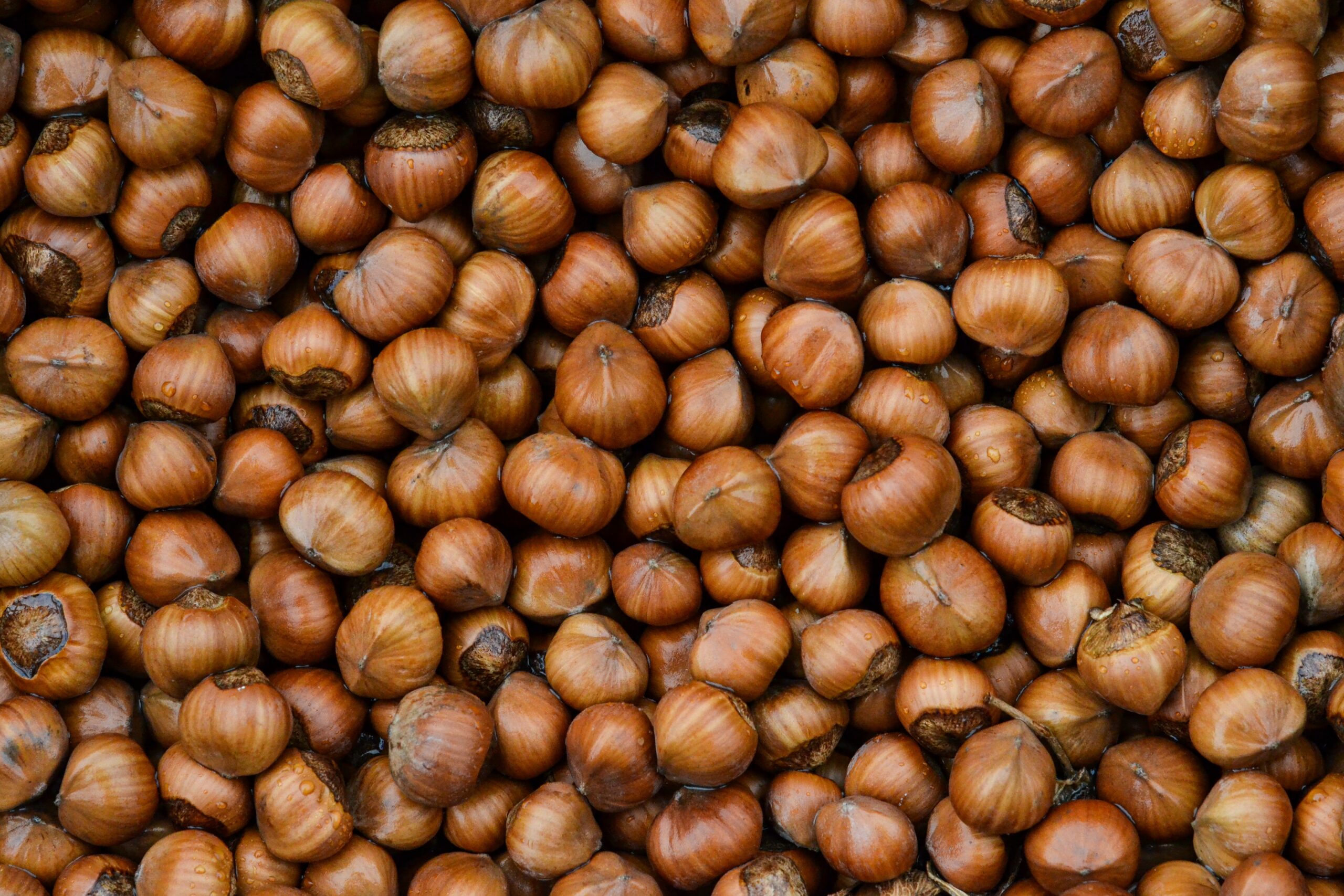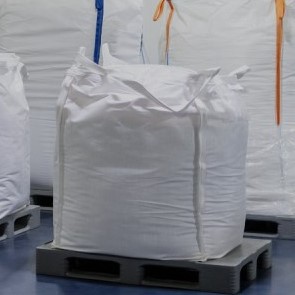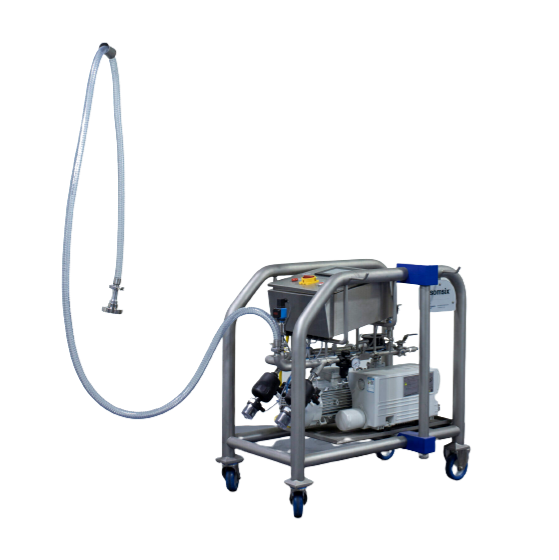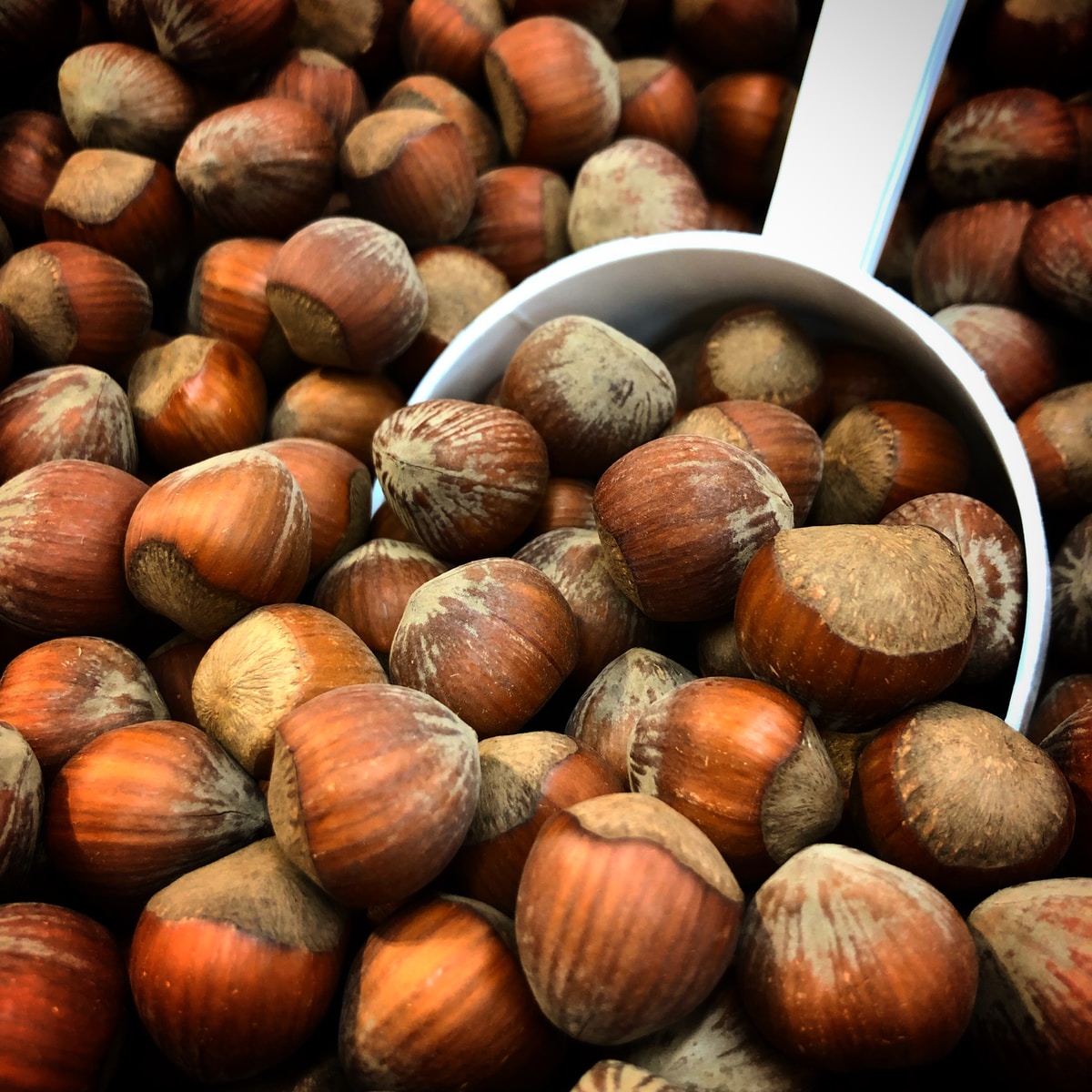Say no to food waste. How to protect your hazelnuts from going rancid along the supply chain
What do Turkey, Italy, Oregon, Azerbaijan, Chile, and Georgia have in common?
Surely they are all on someone’s must-see list –definitely on ours– but some have been lucky enough to visit all these beautiful countries. More than someone, we should say something.
We are talking about the sweet fruits of the hazel tree: hazelnuts.

Hazelnuts are great travelers; just think they travel many miles every day before reaching their destination market. For instance, 3,453.8 is the number of kilometers they have to cover to get from Turkey to the shelves of Dutch supermarkets.
The main problem with hazelnuts, and fresh products in general, is the long-term storage; one may wonder how they are still fresh and possess all the organoleptic qualities after such a long journey.
It’s not as simple as it sounds; generally, it has been estimated that up to 30-40% of fresh food may be wasted along the supply chains due to storage conditions.
What causes rancidity in hazelnuts when stored for a long time?
Having a high oil content – about 65% of its kernel weight – and being rich in unsaturated fatty acids, hazelnuts are highly sensitive to rancidity. Rancidity occurs when the fats inside the nuts, especially the unsaturated fats, get oxidized. This means that the hazelnuts were stored for a long time in the presence of air.
Rancidity is also stimulated by the product’s humidity, which causes the deterioration of the oils in the hazelnut (oleic and linoleic acids), thus producing fatty acids that lead to increased auto-oxidation of the product.
Not only does this lead to food waste and subsequent loss of business money for the companies involved, but rancid hazelnuts can have harmful impacts on your body.
But how can we ensure that hazelnuts do not go rancid when stored for so long?
Store your hazelnuts under Modified Atmosphere to fight rancidity
We raised the topic with Tim De Winter, Managing Director of Masterpack, a Dutch company specializing in creating Modified Atmosphere packaging. With its sustainable technology, the company won Packaging Innovation Contest De Gouden Noot (The Golden Walnut) in October 2022.
“Hazelnuts stored at low oxygen concentrations (under 1-2% O2) are much less affected by rancidity because low oxygen avoids autooxidation of the fats in the kernel,” Tim explains.
“Using Masterpack Modified Atmosphere technology, manufacturers can reduce and control the oxygen levels within the packaging to create the right environment for an extended product shelf life.” Tim continues.
You can also monitor the oxygen level during the whole transport without damaging the packaging film, thanks to their non-invasive sensor technology. Because the packaging is left intact, your hazelnuts are prevented from being exposed to air while avoiding contamination risk.
By preserving the product and extending the shelf life, the Modified Atmosphere technology help to reduce food waste in the supply chain.




